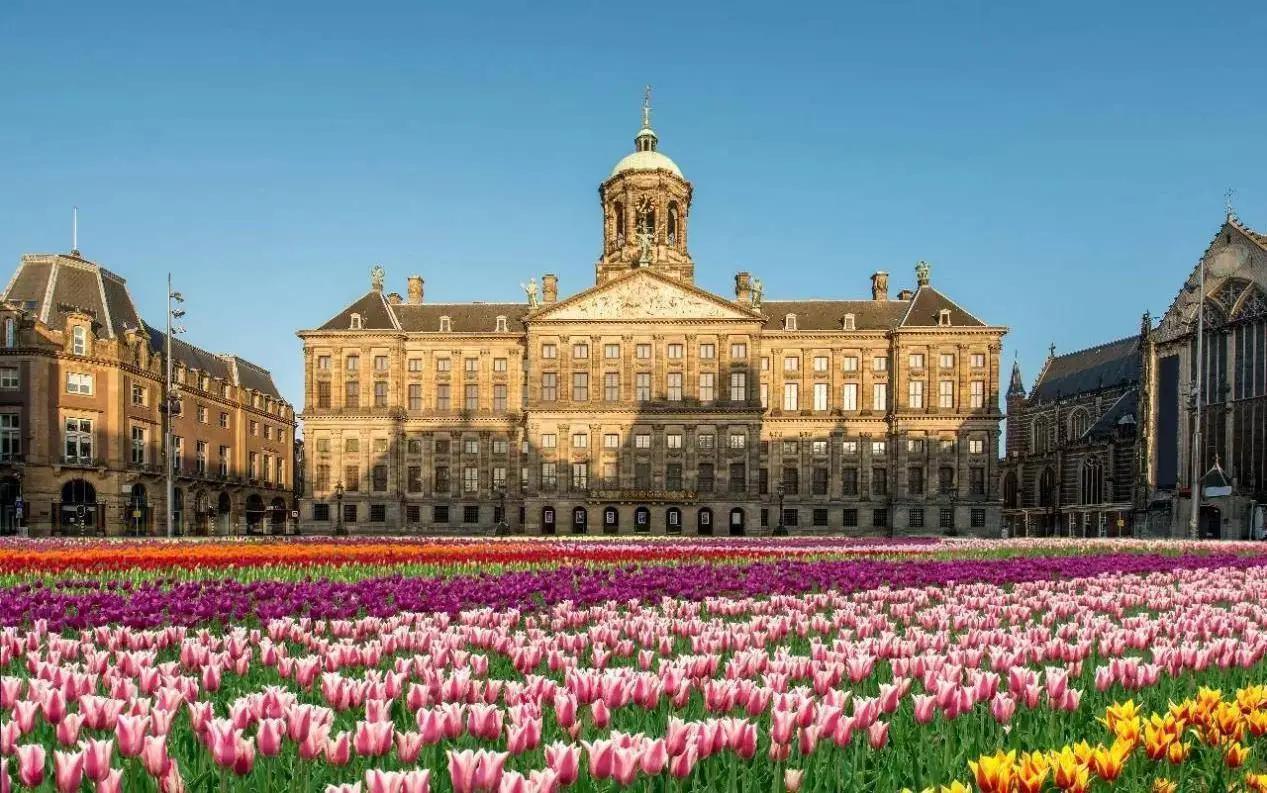Global Travel Information
Timbavati Game Reserve, South Africa
The Wild Heart of South Africa: Exploring Timbavati Game Reserve
In the vast and varied tapestry of South Africa’s wilderness, few places resonate with the raw, untamed spirit of Africa as profoundly as the Timbavati Game Reserve. Nestled against the western boundary of the world-renowned Kruger National Park, this private reserve is not merely a destination; it is an experience, a living testament to a vision of conservation and a sanctuary where the ancient rhythms of the wild still dictate the passage of time.
The name ‘Timbavati’ itself, derived from the ancient Shangaan language, translates poetically to “the place where something sacred came down to earth.” This ethereal name is intrinsically linked to the reserve’s most famous and elusive residents: the legendary white lions. Local folklore tells of a time, centuries ago, when a white lioness appeared to a tribal elder in a dream, a celestial being sent to guard this land. This myth became reality in the 1970s when these rare, leucistic lions were first documented here, their pale coats a stark and beautiful anomaly against the golden grass. While their coloration is a genetic rarity rather than a separate species, they have become a powerful symbol of Timbavati’s unique and almost mystical biodiversity.
However, to define Timbavati solely by its white lions would be to overlook the breathtaking depth of its ecosystem. Encompassing over 53,000 hectares (approximately 131,000 acres) of pristine savannah, riverine forests, and winding dry riverbeds, the reserve forms part of the Greater Kruger National Park, a massive open system where wildlife roams unrestricted by fences. This freedom of movement is the cornerstone of an authentic safari experience. Here, one doesn't simply view animals in a curated park; one immerses oneself in their world.
A typical day in Timbavati begins before dawn. The air is cool and carries the scent of dew-dampened earth and wild sage. The pre-dawn chorus is a symphony—the whoop of hyenas returning to their dens, the resonant boom of a ground hornbill, and the distant, haunting call of a fish eagle. Guided game drives in open-sided vehicles are the primary mode of exploration, led by trackers and guides whose knowledge is as deep as their passion for the land is palpable. They read the bush like a book: the alarm snort of an impala, the fresh pugmark of a leopard in the sand, the distant, agitated chatter of vervet monkeys—all are clues that tell a story.

As the sun ascends, burning off the morning mist, the landscape reveals its inhabitants. Towering giraffes delicately pluck leaves from acacia trees, their movements graceful and deliberate. Herds of formidable Cape buffalo, their dark forms moving like a single, powerful organism, dust rising around their hooves, graze on the open plains. Elephants, the gentle giants of the bush, are a common and awe-inspiring sight. One might witness a breeding herd tenderly shepherding their young to a watering hole or a solitary old bull, his tusks worn by time, moving with a quiet, dignified purpose.
The drama of the African bush is, of course, underpinned by the constant interplay between predator and prey. Timbavati is a stronghold for the Big Five—lion, leopard, rhinoceros, elephant, and buffalo—and encounters are frequent and thrilling. A pride of lions, their bellies full from a nocturnal hunt, lounges lazily in the shade of a marula tree. The elusive leopard, a master of camouflage and stealth, might be spotted draped over a high branch, its tail twitching as it surveys its domain. The endangered rhino, both black and white, grazes in the thickets, a prehistoric silhouette against the modern threat of poaching, against which Timbavati’s anti-poaching units wage a constant, vigilant battle.
But the magic of Timbavati extends beyond the flagship species. It is in the intricate details: the iridescent flash of a lilac-breasted roller in flight, the intricate architecture of a sociable weaver’s nest weighing down a camelthorn tree, and the fascinating, symbiotic relationship between a herd of impala and a troop of baboons, each acting as an extra set of eyes for the other. Night drives unveil a different cast of characters: the large, reflective eyes of a genet cat, the silent, ghostly flight of a barn owl, and the shy, foraging aardvark.
The commitment to conservation is the lifeblood of Timbavati. Its history is one of remarkable foresight. Established in 1956 by a group of visionary landowners, its original purpose was to restore the land, which had been overused for cattle farming, to its natural state and to protect the wildlife that had been dwindling. This ethos of sustainable tourism continues today. Visits are managed through a handful of exclusive, privately-owned lodges, each offering an intimate and low-impact connection to the wilderness. Revenue from tourism is directly funneled back into conservation projects, anti-poaching initiatives, and community outreach programs, ensuring that the protection of this fragile ecosystem benefits both its wildlife and the people who live on its borders.
As the day ends, the African sun sets the sky ablaze with hues of orange, purple, and red. Sitting around a crackling fire, under a canopy of stars so brilliant and immense they feel within reach, the sounds of the bush provide a nocturnal soundtrack. The experience is humbling. In Timbavati, you are a guest in a world that operates by its own ancient rules. It is a place that strips away the superfluous, reminding you of the raw beauty, the delicate balance, and the profound, enduring pulse of the natural world. It is, truly, a place where something sacred came down to earth—and remains, waiting to be discovered.
相关文章
- Elbe River Glamping Sites: Luxury Camping Along the Banks
- Elbe River RV Parks: Stay in Your Camper Near the River
- Elbe River B&Bs: Cozy Accommodations with a Personal Touch
- Elbe River Hostels: Budget Stays for Young Travelers
- Elbe River Business Travel Guide: Meetings & Events Near the Water
- Elbe River Conference Venues: Spaces with River Views
- Elbe River Wedding Venues: Tie the Knot by the Water
- Elbe River Funeral Services: Respectful Locations Along the Banks
- Elbe River Volunteer Opportunities: Help Protect the Waterway
- Elbe River Conservation Efforts: How to Support the Environment
发表评论
评论列表
- 这篇文章还没有收到评论,赶紧来抢沙发吧~

